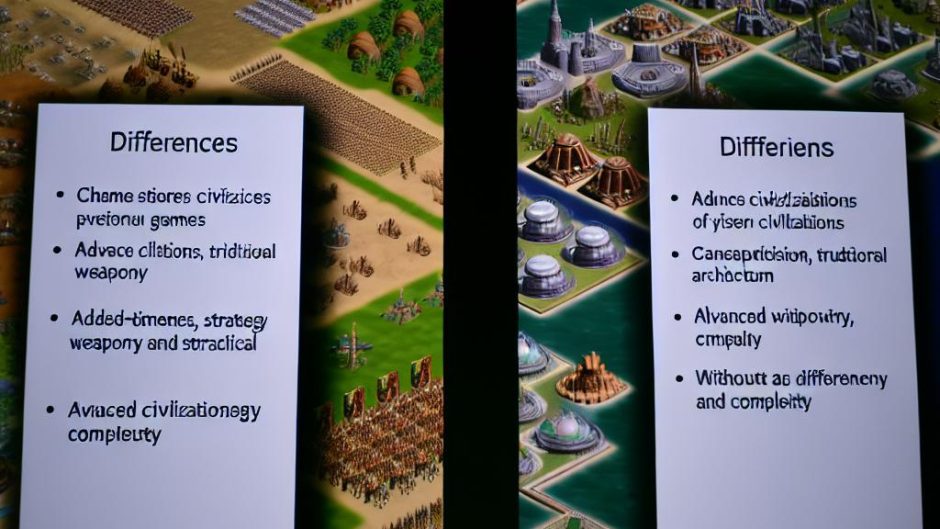Introduction to the Empire Earth Series
The Empire Earth series stands as a notable franchise within the realm of real-time strategy (RTS) games. Developed by Mad Doc Software and published by Sierra Entertainment, this series has captivated fans with its strategic depth and historical journeys. Over the years, the Empire Earth series has evolved, with its first game released in 2001, followed by two sequels and several expansions. While Empire Earth laid a strong foundation, its successors continued to expand upon its base, introducing new mechanics and changing gameplay paradigms.
The inaugural release, Empire Earth, set the stage with its ambitious reach across epochs, allowing players to construct and grow civilizations from the earliest prehistory to a speculative future. In 2005, Empire Earth II arrived, offering enhanced gameplay with more civilizations and strategic elements. The third installment, Empire Earth III, launched in 2007, and embarked on a bold path of significant changes that were met with a variety of reactions from its community.
Gameplay and Mechanics
Central to the Empire Earth games is the intricate blend of empire management, resource gathering, and military strategies. Each release sought to refine and enrich these aspects, and with Empire Earth III, a major shift in this formula was evident. This game deviated from its predecessors by reducing complexity through the simplification of several key game mechanics.
The earlier games made a distinct mark with their extensive epoch system, incorporating periods from the Prehistoric Age through to the Nano Age, each unlockable epoch offering unique technologies and units. In contrast, Empire Earth III offered only five epochs, effectively streamlining progression while raising concerns over diminished strategic depth. This condensation was seen as an attempt to make the game more accessible to a broader audience, yet it arguably stripped away much of the series’ trademark depth.
Additionally, the civilization customization was markedly simplified in Empire Earth III. Where Empire Earth II featured a wide array of civilizations, each furnished with distinct units and cultural traits, the third installment reduced these to just three generalized factions: Western, Middle-Eastern, and Far Eastern. Although this change was intended to streamline choices and focus gameplay, it resulted in a perception of reduced cultural richness and uniqueness, traits highly prized in the earlier games.
Graphics and Visuals
Another significant evolution was observed in the visual presentation of Empire Earth III. Moving away from the more realistic and historically grounded aesthetics of its predecessors, the game embraced a stylized, cartoonish art style. This choice reflected a strategic attempt to widen its appeal to casual gamers and younger audiences, contrasting with the expectations of dedicated series fans who had grown accustomed to a more serious and realistic depiction of history.
Empire Building and World Domination
A notable feature in Empire Earth III was the introduction of a unified world map, facilitating a more open-ended campaign experience compared to the linear narratives preferred in earlier games. In this version, players could assert global dominance by capturing and managing various territories across the world. This introduced a fresh perspective to strategic planning and empire building, enabling a sense of ongoing conquest rather than episodic victories or losses.
Reception Among Fans and Critics
The significant changes in Empire Earth III elicited a broad spectrum of responses from the gaming community. Some players and critics commended the streamlined mechanics for making the game less intimidating and more accessible to those new to the RTS genre. The reduction in complexities intended to refine the gaming experience by focusing on broader strategic decisions rather than micro-management.
Conversely, long-time followers of the series lamented the loss of depth and variety, arguing that the simplification eroded the intrinsic replay value and richness that characterized the first two installments. This predicament underscores the enduring debate among game developers: how to innovate while retaining the core elements that establish a game’s identity and fan base.
Despite incorporating an innovative world map and campaign structure, Empire Earth III struggled to recapture the critical acclaim and enthusiasm its predecessors enjoyed. The game’s mixed reception demonstrates the complexities of balancing innovation with the preservation of foundational mechanics that fans cherish.
For those interested in further exploring the Empire Earth series, the games and their expansions present various experiences and historical narratives. Each title within the series offers unique challenges and opportunities for both new players and longstanding fans of real-time strategy games, contributing to the longstanding appeal and discussion surrounding the Empire Earth legacy.
This article was last updated on: January 14, 2025






Recent Comments